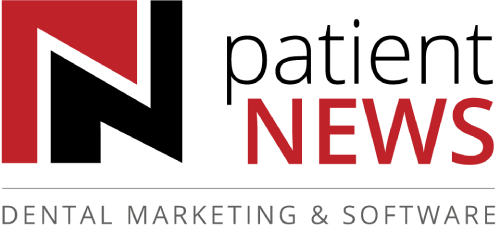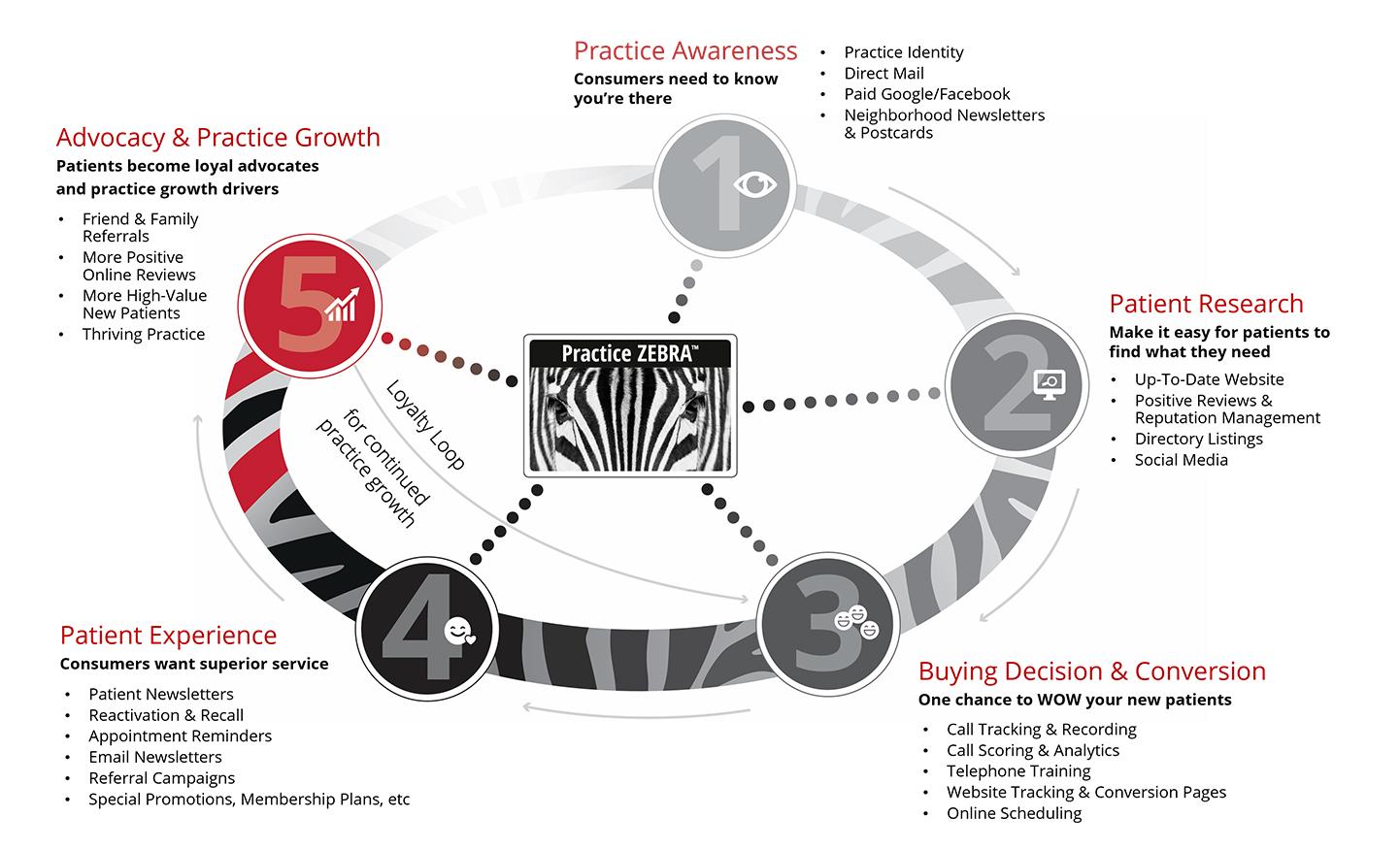Joanne Bishop
As Senior Vice President, Joanne has 25+ years of dental marketing and business development experience. She holds a Degree in Marketing Management/Strategic Marketing from York University and Advertising from Centennial College. She’s fired up about Patient NEWS and all the ways we can help dentists, DSOs and their teams STAND OUT & Grow!


